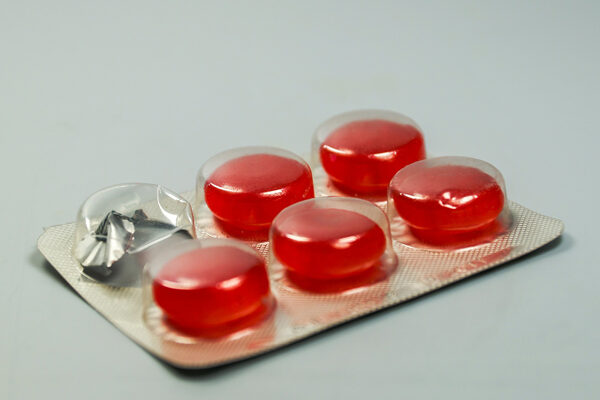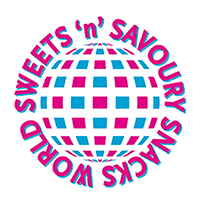Functional confectionery opportunities

China’s sugar confectionery market is declining while health concerns are boosting the country’s functional candy sector, according to new research.
Mintel found that until 2014, the sugar confectionery market in China saw positive volume growth, however 2015 marked a turning-point.
The market saw volume sales decline between 2015 and 2016 and this is forecast to continue until 2020. The two main reasons for this, the research group says, are slowing economic growth and consumers’ increasing concerns about sugar intake.
On the flip side, however, health concerns have contributed to the rising popularity of functional candy, such as sore throat or vitamin C sweets.
Loris Li, food and drink analyst at Mintel, says innovation based on demographic needs can help market growth. In the six months to August 2016, while three in four Chinese consumers consumed gum and three in five ate mints, 45% of these consumers ate functional candy – reflecting an opportunity for the subcategory.
With manufacturers concentrating mostly on throat soothing candy and vitamin C or calcium enriched candy, the variety of functional candy available in the Chinese markets remains limited.
As a result, there is potential for companies to consider developing more options to expand the market. Developing products based on the varied demands of different demographic groups could be a good strategy to implement, Li suggests.
For instance, the appearance of collagen in candy is on the increase; collagen is a protein considered as a good supplement for anti-aging. Another example includes the use of iron in candy, already available in Japan and Taiwan. Iron is associated with good health and energy, is beneficial for skin complexions and often taken to prevent anaemia.
An example is a grapefruit and apple flavour folic acid and iron candy in Japan, which is designed for pregnant women and claims to contain the recommended daily amount of iron, folic acid, vitamin B6 and vitamin B12 per two units.
Another potential opportunity for manufacturers, Li says, is to target active consumers with functional candy that contains taurine as an ingredient.
Mintel research reveals that nearly half of males and a quarter of females want to increase muscle mass and over two in five of those aged between 20 and 24 want to be in shape instead of slim. Therefore, functional products that improve sports performance or build muscle may prove to be popular among these younger consumers.
A few years ago, Devilion in Germany launched a hard candy that contains caffeine and taurine, and is said to taste like, and have the effect of, an energy drink.



